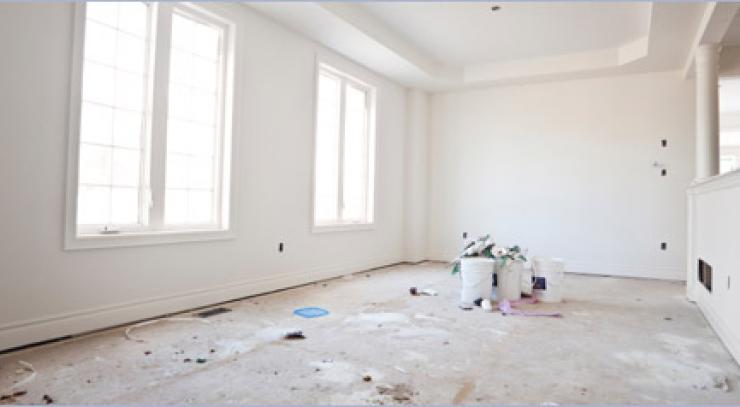Garage Door Insulation can be a great way to make your garage more comfortable, especially during the extreme temperatures of winter and summer. But, like any DIY project, there are several common mistakes that homeowners make when insulating their garage doors. In this blog, we'll explore some of the most common mistakes, and how to avoid them.
Mistake #1: Choosing the wrong insulation material
One of the most common mistakes homeowners make when insulating their garage door is choosing the wrong type of insulation material. There are a variety of insulation materials available, including fibreglass, foam board, and reflective insulation. Each type of insulation material has its pros and cons, so it's important to choose the material that best fits your needs.
Fibreglass insulation is one of the most popular types of insulation because it's affordable and easy to install. However, it can be messy to work with and can cause skin irritation. Foam board insulation is more expensive than fibreglass, but it's also more effective at insulating your garage door. Reflective insulation is another option, which is great for reducing radiant heat transfer. It's important to do your research and choose the right insulation material for your specific needs.
Mistake #2: Not measuring correctly
Not measuring correctly is a common mistake homeowners make when insulating their garage doors. Incorrect measurements can result in purchasing the wrong amount of insulation material, which can lead to additional expenses and a less effective insulation solution.
It's important to measure the height and width of each panel of the garage door and add them up to determine the total square footage of insulation required. Taking accurate measurements will help ensure that you purchase the right amount of insulation and create an effective barrier against the elements.
Mistake #3: Not sealing gaps and cracks
Not sealing gaps and cracks around your garage door is another common mistake when insulating. Gaps and cracks around the garage door allow air to flow in and out, reducing the effectiveness of the insulation. Before installing the insulation, take time to inspect the garage door for any gaps and cracks. Seal them using caulk or weatherstripping.
Weatherstripping can be installed on the bottom and sides of the garage door to seal any gaps, while caulk can be used to seal any larger cracks. Properly sealing gaps and cracks will help create a more energy-efficient and comfortable environment in your garage.
Mistake #4: Neglecting safety precautions
Neglecting safety precautions is a common mistake when insulating a garage door. Insulation materials can be hazardous to handle and can release harmful fumes, causing skin irritation, respiratory issues, and other health problems. To avoid these risks, always wear protective gloves and eyewear when handling insulation materials.
Also, ensure that your garage is well-ventilated during the installation process. Proper ventilation will help reduce fumes and keep the air quality safe. Insulating a garage door can be a DIY project, but taking the necessary safety precautions will ensure that it is done effectively and safely.
Mistake #5: Not considering the insulation weight
Not considering the weight of the insulation is another common mistake when insulating a garage door. Some insulation materials are heavier than others, and adding too much weight to the garage door can cause it to become unbalanced and difficult to open and close. When choosing insulation, it's important to consider the weight of the material and ensure that it will not cause any issues with the garage door's operation.
If the weight of the insulation is a concern, consider using a lighter material or reducing the thickness of the insulation. Properly considering the weight of the insulation will help prevent any potential safety hazards and ensure that your garage door operates smoothly.
Mistake #6: Not insulating the entire garage
Not insulating the entire garage is a common mistake that can lead to energy loss and discomfort. Insulating only the garage door will not create an effective barrier against outside temperatures and can result in heat or cold air escaping through the walls and ceiling of the garage.
Insulating the entire garage, including the walls and ceiling, will help maintain a consistent temperature and reduce energy loss. It's important to insulate any areas that allow air to flow in and out of the garage, including windows, doors, and any gaps or cracks. Properly insulating the entire garage will help create a comfortable and energy-efficient environment.
Conclusion
Garage Door Seals in Melbourne are a great way to make your garage more comfortable, but it's important to avoid common mistakes that can compromise its effectiveness. Choosing the right insulation material, measuring correctly, sealing gaps and cracks, taking safety precautions, considering the weight of the insulation, and insulating the entire garage are all important considerations to keep in mind. By avoiding these mistakes, you can ensure that your garage is properly insulated, energy-efficient, and comfortable throughout the year.











